How does one import?
Goods moving from one Country to another Country must meet the legal requirement set out by both Countries. For customs regulations all over the world you need to define the following information:
- Full itemized description of the goods
- Country of Origin (Country where goods were manufactured)
- Quantity and unit type of each iteam
- Value of the goods and currency
- Consignee (who will be receiving the goods)
- Transportation mode (truck, air, ocean)
- The final destination of goods (where the goods will be delivered)
- The date that the shipment is shipped
Commodities specific:
Different Countries have additional requirements for specific items. Examples of these in North America are food products, textiles, endangered species, vehicles, electrical appliances, alcohol, etc. Such products might require additional paperwork for the import of the goods.
Completing documents accurately and honestly will mean a faster release of your goods and can affect the frequency of your shipments being examined by government officials. Incorrect declaration of the goods may result in additional costs such as government fines or seizure of the goods. Costs associated with unloading your cargo for inspection and storage fees while shipment is waiting for the examination will be the responsibility of the importer.”

